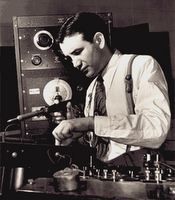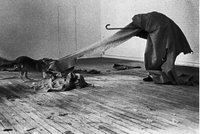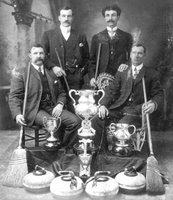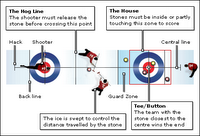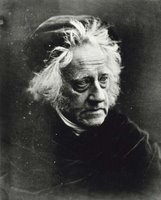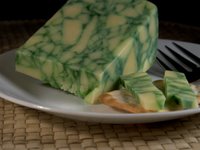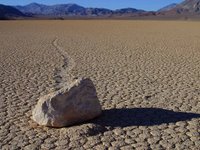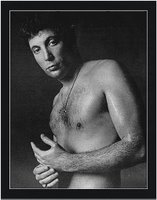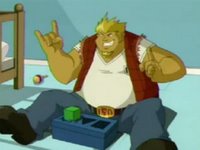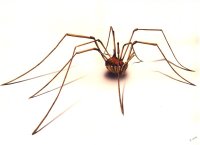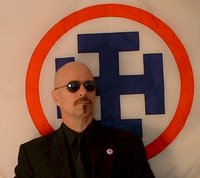
A
falangist is a supporter and follower of the highly nationalistic, fascist, ultra Catholic style of government as supported by Spanish dictator, Francisco Franco.
Surprisingly, there is a political party, the
Christian Falangist Party of America, which is active in politics to this day. They are extremely conservative, calling participants of
Gay Pride parades "sexual perverts." In addition, they support prayer in school and putting the 10 Commandments in schools (even though, ironically, they have the
Bill of Rights printed on their web page--see the 1st Amendment). They also want to re-initiate the draft for military service and state that the United States is not one country, but rather a union of 50 mini-countries. They are also extremely concerned with terrorism and illegal immigration.
From their site:
"The C.F.P.A. was founded in Philadelphia, Pa. on September 14th, 1985 as the first Falangist Party in America and is dedicated to fighting the "Forces of Darkness" which seeks to destroy our Western Judeo-Christian Civilization."
I try to be impartial with
Supertrivial, but this bit of trivia was too... out there for me to be completely unbiased.
"Forces of Darkness?"What, is Darth Vader out there, too?
Other unusual parties that are actually and currently active in US Politics are:
- Communist Party USA
- Prohibition Party
- Socialist Equality Party
- U.S. Marijuana Party
- Light Party
This is actually just a small sampling of active or fairly active political parties in the US. For more information, see my source page:
Politics1
